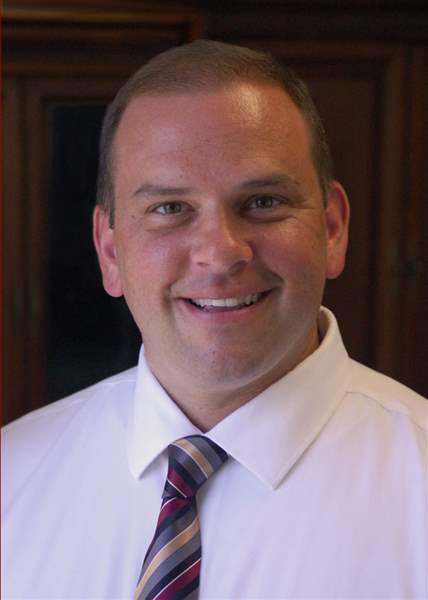
GUEST COMMENTARY
Land bank is fighting blight, rebuilding neighborhoods
The most successful regions in our country are bringing together diverse elements to address blight’s challenges
8/3/2014
Kapszukiewicz

Kapszukiewicz
A hundred years ago, Toledo was the 26th largest city in the United States. It was a bustling hub for trade and commerce along the Great Lakes, well positioned on the rail route between New York and Chicago. The city was a leader in manufacturing and innovation — especially in glass, but also in the burgeoning auto industry.
Around that time, Robert and Frank Stranahan moved their Champion Spark Plug company from Boston to Toledo to be near the new Willys-Overland auto plant. The Stranahans made a deal with Henry Ford — which lasted nearly 50 years — that Ford automobiles would use only Toledo-made Champion spark plugs.
Toledo was growing, business was booming, and times were good. But times have changed.
Toledo’s population peaked at 383,818 residents in 1970. By the 2010 Census, its population had fallen to 287,208. Toledo is now the nation’s 65th largest city, and has lost 8.4 percent of its population in just the past decade.
When a city loses nearly 100,000 citizens in a generation, there will be more housing than people. Toledo’s problems weren’t created overnight and won’t be solved overnight. But 40 years of finger-pointing haven’t gotten us anywhere, and The Blade’s recent coverage of blight has shown that it’s time for solutions.
The Lucas County Land Bank is working to be part of the solution. Since it was formed in August, 2010, the land bank has found new purposes for 900 parcels of land. It is strengthening neighborhoods and fighting blight.
By acquiring vacant and abandoned foreclosed properties, and converting them to productive use, the land bank aims to restore community pride and increase property values for citizens whose efforts to maintain their homes are thwarted by the intrusion of blight in their neighborhoods.
Working with the Ohio Attorney General’s office, the land bank has funded the demolition of 838 of the worst abandoned homes in our community since August, 2012. Using a grant from the Ohio Housing Finance Agency, we plan to demolish 600 more by October, 2016. The land bank’s role in this area is vital, because no other funds are spent on demolition in Lucas County.
But demolition is just one of the land bank’s blight-fighting tools. We have sold more than 180 vacant homes for renovation to citizens whose hard work and resources have brought energy back to challenged neighborhoods. The land bank has acquired roughly a dozen commercial properties, and has worked with entrepreneurs to turn these empty spaces into job-creating centers of economic vitality.
The best way to fight blight is to prevent houses from becoming vacant in the first place. So the land bank is collaborating with the Toledo Fair Housing Center to provide $1 million in grants to 90 homeowners for new roofs. We also are launching the Heritage Homes program, which aims to provide construction expertise and low-interest home-equity loans to residents who want to improve their houses.
This month, the land bank is making $600,000 in grants to community-based organizations to promote objectives such as home ownership, renovation, and energy efficiency. We are working with financial partners on a new program that will provide mortgages to residents who want to live in properties renovated by the land bank. That effort will create a new group of first-time homeowners.
Most important, the land bank is making a comprehensive survey of each of the roughly 100,000 land parcels in Toledo — the good and the bad. Dedicated volunteers and paid staff, armed with a downloadable app for their smart phones or tablet computers, are walking through every city neighborhood to snap photos and collect information. This project, which will be completed by year’s end, will allow officials to make decisions based on hard data, not guesses or hunches.
The land bank is helping to rebuild neighborhoods in Toledo and the rest of Lucas County. The most successful regions in our country are bringing together diverse elements of their communities to focus time, energy, and talent on addressing the significant challenges caused by blight.
We must do the same thing in Toledo, and everyone must be invested in this cause.
Lucas County Treasurer Wade Kapszukiewicz is chairman of the Lucas County Land Bank.